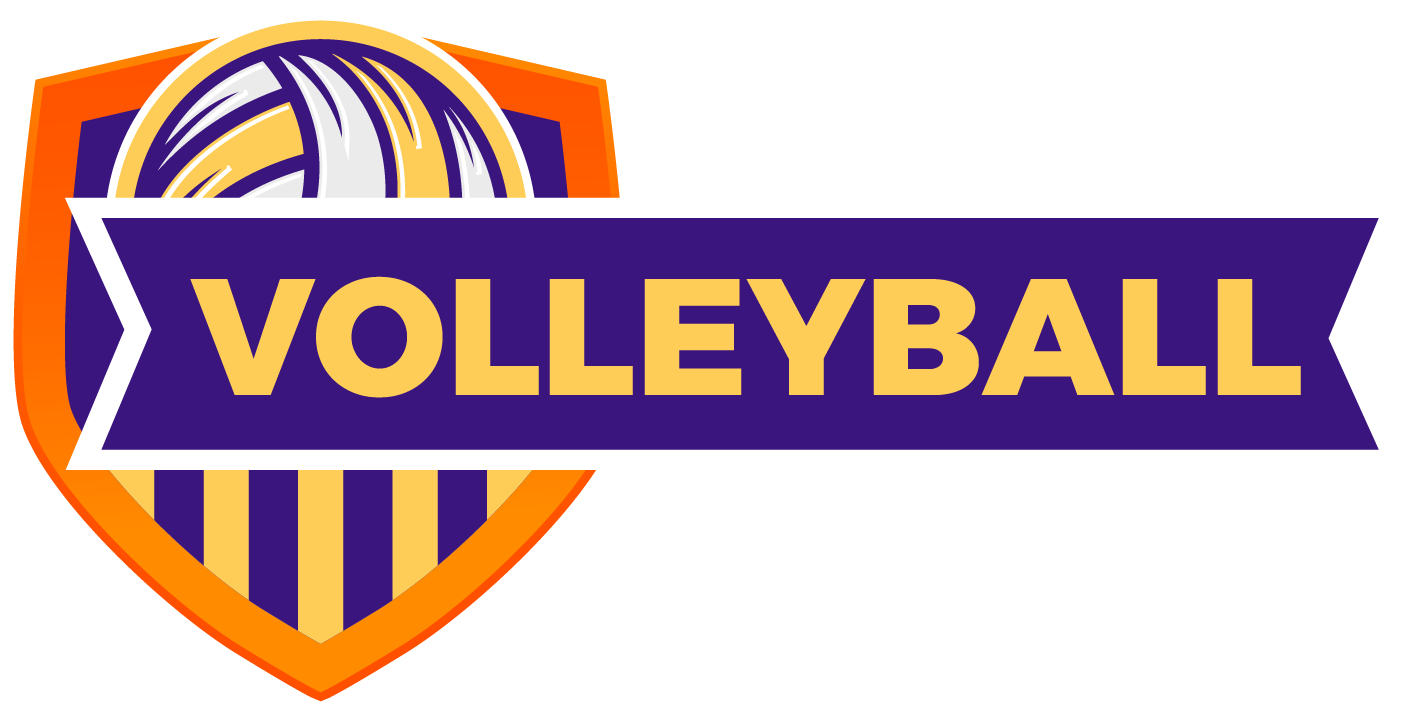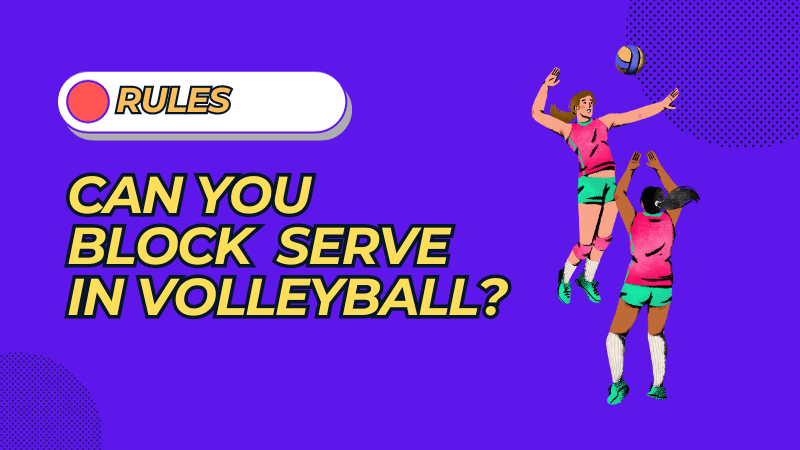Volleyball, a game of intensity and strategy, often leads players and fans alike to ponder specific rules that govern the play. Among those intriguing aspects is the question, “Can you block a serve in volleyball?” It’s more than just curiosity; the ability to block a serve could significantly alter the dynamics of a game, possibly leading to an unfair advantage or even risking player safety.
Interestingly, according to some statistics, blocking accounts for about 10% of all points scored in volleyball matches. Yet, the rules are clear and defined when it comes to serving. What seems like a simple query opens up many pain points, considering both the fairness in competition and the game’s very essence.
So why is blocking a serve not allowed, and what are the underlying reasons behind this rule? The answer is more complex than you might think, and it ties into the very fabric of what makes volleyball such an enjoyable and competitive game. Let’s dive in!
Can You Block A Serve In Volleyball?
No, you cannot block a serve in volleyball. According to the game’s official rules, blocking a serve is not allowed, as it allows the server to serve the ball without interference from the opposing team.
This rule ensures that the game’s integrity is maintained and the serve is executed fairly. If players were permitted to block serves, it could lead to an imbalance in the game and potentially dangerous collisions.
The regulation fosters an environment where skills like receiving and setting up an offense are prioritized. While blocking is a crucial aspect of volleyball, accounting for about 10% of all points scored in matches, the rules concerning the serve are designed to maintain safety and fair play within this fast-paced sport.
The Official Rules On Blocking Serves
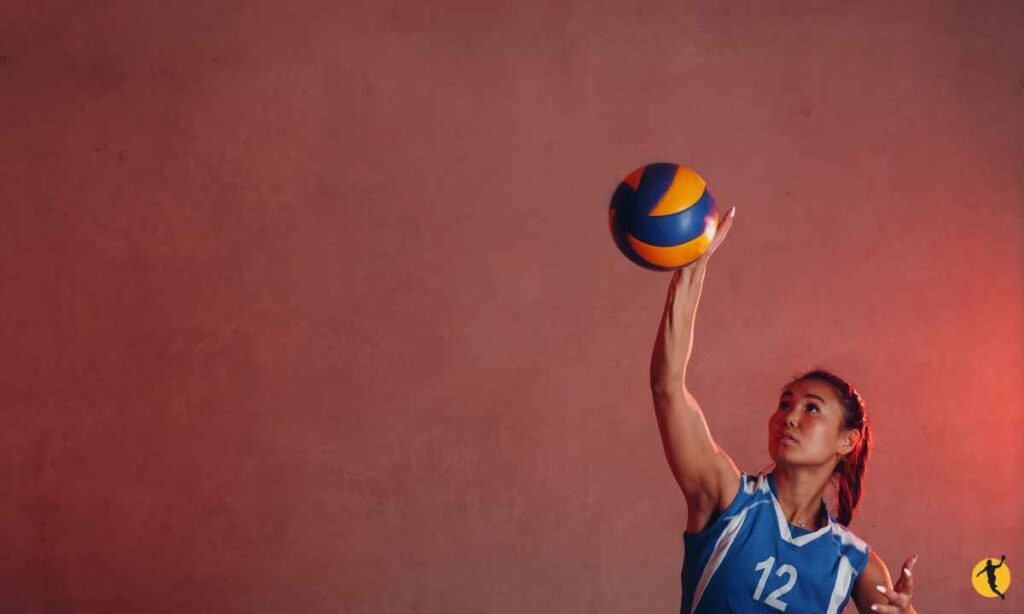
According to the official rules of the International Volleyball Federation (FIVB) and USA Volleyball, blocking an opponent’s service is strictly forbidden. The clear and concise rules aim to provide a fair and balanced game.
A player or group on the serving team may not make a screen by waving arms, jumping, or moving sideways during a serve. Nor can they stand grouped to hide the flight path of the ball. Such actions are not allowed and can lead to a service fault.
A service fault also occurs under other conditions, such as when the serve touches a player of the serving team, fails to cross the vertical plane of the net between the antennae, or lands “out.”
Blocking faults, on the other hand, happen when the blocker touches the ball in the opponent’s space before or after it crosses the net or when the blocker reaches over the net to block the ball before or after it crosses the net.
Teams commonly attempt to block the opponent’s spike as it crosses the net, but blocking a serve is prohibited. When the opponent returns to serve, the team should be lined up and ready to receive the ball. The first opportunity to attack goes to the team that is inside out.
Though attacking from the back row is legal, attacking the opponent’s service is not allowed. This set of rules ensures that the game is played fairly and emphasizes the importance of technique and skill over taking advantage of a potentially confusing situation during a serve.
Why Can’t You Block A Serve In Volleyball: Understanding The Reasons
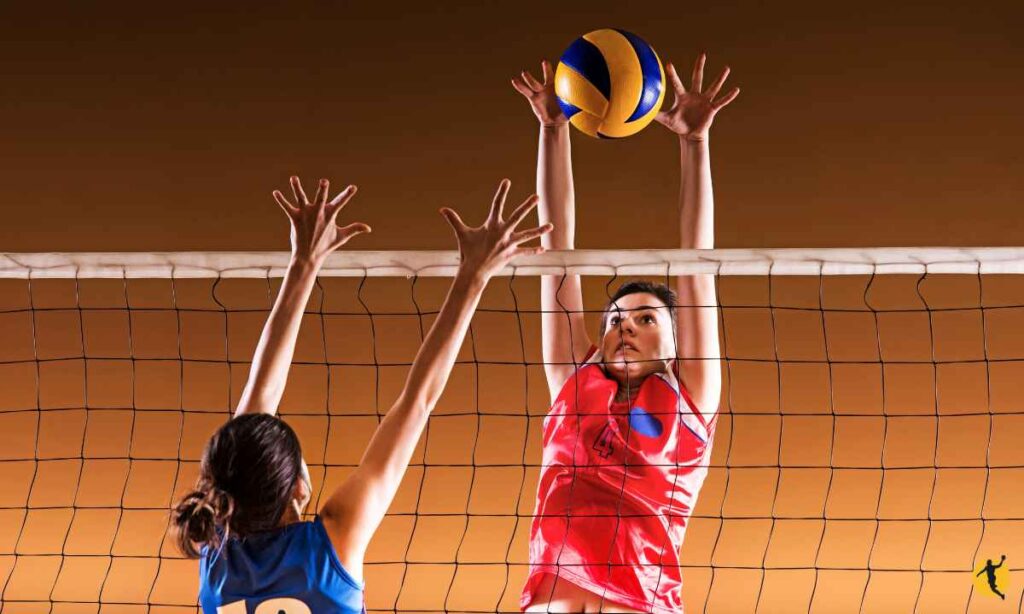
Safety Considerations
Blocking a serve in volleyball isn’t just a rule violation; it’s also a safety concern. The server is often positioned far back on the court, and a blocker attempting to block the serve could collide with the server or other players. The speed and force behind a serve can be substantial, and an unexpected block could lead to injuries. The rules against blocking a serve are there to protect the players and maintain the integrity of the game.
Ensuring Fair Play
Volleyball is a game of skill, strategy, and sportsmanship. Allowing players to block serves would give an unfair advantage to the receiving team. The server would have to serve around or over the blocker, making it more difficult to serve accurately. This would disrupt the game’s balance, giving an undue advantage to one side. The prohibition of serve blocking ensures that the game remains competitive and fair for both teams.
Insights From Professional Experience
As someone who’s played 618 matches, I can provide first-hand insights into why professional volleyball players don’t block serves. It’s not about taking chances or trying to bend the rules; it’s about adhering to the principles that govern the game.
In professional play, we focus on receiving the serve and setting up our team’s offense, as blocking a serve is not allowed according to the game’s rules. We understand the importance of safety and fair play and strive to uphold those values in every match we play.
In summary, blocking a serve in volleyball is prohibited for good reasons. It ensures player safety, maintains fair play, and preserves the integrity and spirit of the sport. These rules make volleyball an exciting and respectful game many enjoy watching.
What If You Spike Or Block The Ball After The Serve?
After the serve in a volleyball game, the dynamics change dramatically. Unlike blocking a serve, players are allowed to spike or block the ball once the serve is complete and the ball is in play.
Spiking the ball: If you choose to spike the ball, you must do so without interfering with the opposing team’s ability to play the ball. If executed correctly, and the ball lands on the opposing team’s side of the court, it’s considered a point for your team.
Blocking the Ball: Blocking is a strategic and vital part of the game following the serve. Blocking can stop or slow the opponent’s attack, accounting for about 10% of all points scored in volleyball matches. Properly timed blocks can lead to a counterattack, creating scoring opportunities.
So while blocking or spiking the serve is not permitted, these actions are crucial and legal components of the game once the ball is in play. Understanding these rules and how they change post-serve is essential for playing the game effectively and within the bounds of the rules.
Common Misunderstandings And Mistakes
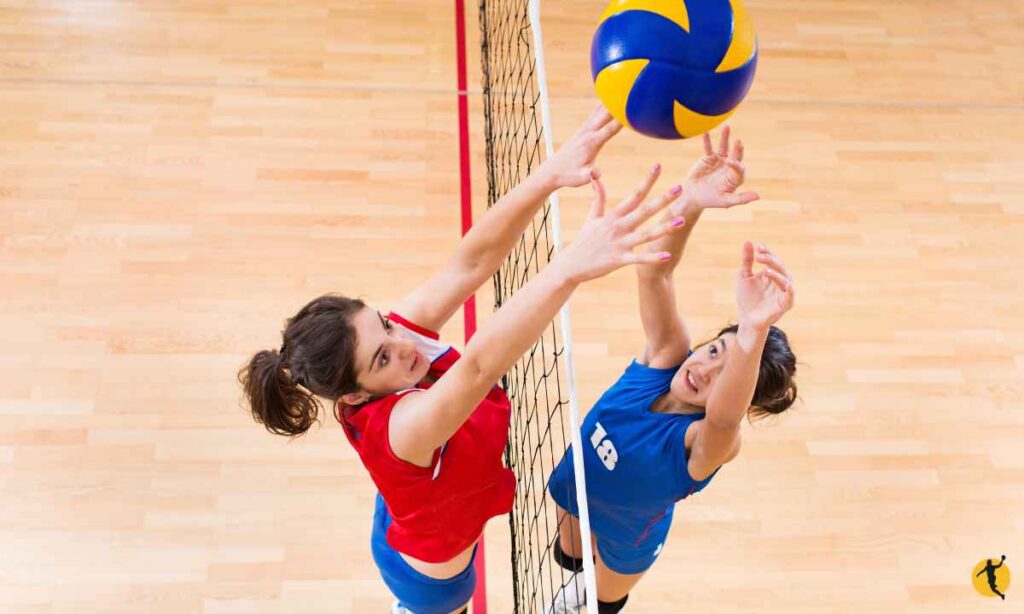
In the complex and fast-paced world of volleyball, certain misunderstandings and mistakes are bound to occur, especially around the rules of serving and blocking. Understanding these common misconceptions is essential to play the game properly and to appreciate its nuances. Here are some key points to highlight:
- Blocking a Serve Misconception: Despite what some players might think, blocking a serve is not allowed in volleyball. This rule exists across all levels and variations of the game.
- Service Fault Confusion: Various actions can lead to a service fault, including the serve touching a player of the serving team or failing to cross the vertical plane of the net between the antennae.
- Screening Mistakes: Players of the serving team making a screen by waving arms or standing grouped to hide the ball’s flight path is a common mistake and is grounds for a service fault.
- Attacking the Opponent’s Service: While attacking from the back row is legal, attacking the opponent’s service is not allowed. This specific rule may confuse players new to the game.
These misconceptions reflect the complexity of the game’s rules and the need for players, coaches, and fans to be thoroughly acquainted with them.
Exceptions And Variations In Different Leagues And Levels Of Play
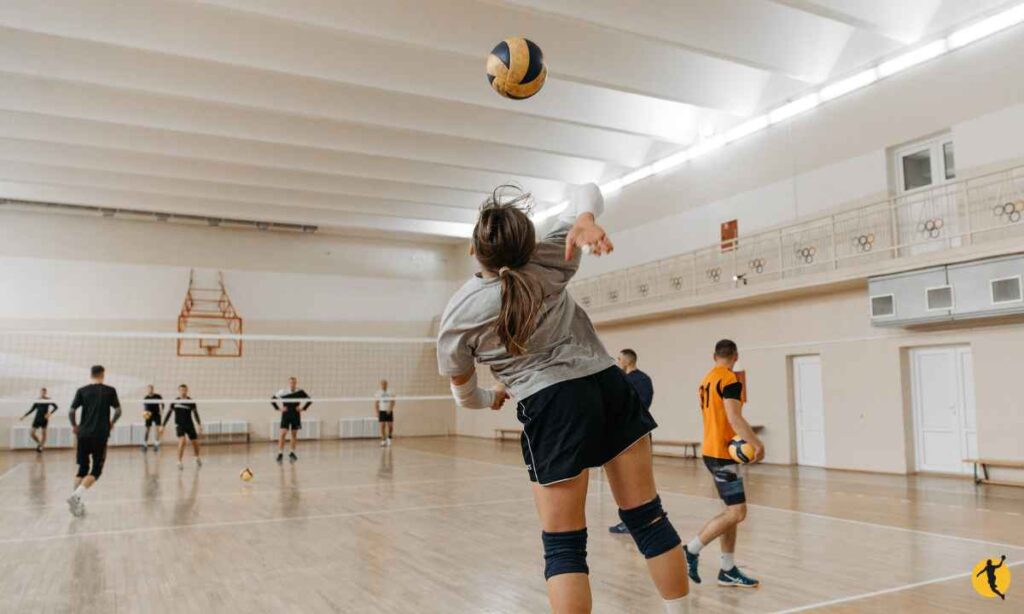
However, it’s worth exploring how the rules and practices around blocking a serve might vary across different leagues and levels of play. While the core principles remain consistent, understanding these nuances can provide a more comprehensive view of the sport’s regulations and expectations.
Professional Leagues Vs. Recreational Leagues
In both professional and recreational leagues, blocking a serve remains prohibited. The principles of fairness and safety are upheld across these diverse playing environments. No matter the level of competitiveness, the integrity of the serve is preserved, ensuring that the game remains balanced and safe for all participants.
Collegiate Volleyball Rules
Within the collegiate volleyball community, the rules mirror official volleyball regulations. Blocking a serve continues to be forbidden, reflecting the standardization across different stages of play. Collegiate athletes must adhere to the same professional and recreational league guidelines.
Youth And Junior Leagues
The rules are consistent with official volleyball regulations, even at the youth and junior levels. Educators and coaches emphasize the importance of fair play and safety from the early stages, ensuring that blocking a serve is understood as an illegal maneuver. This standardization helps young players learn and internalize the game’s essential rules.
Beach Volleyball Vs. Indoor Volleyball
Whether playing on the sand or inside a gymnasium, the rules surrounding blocking a serve in beach and indoor volleyball remain the same. This uniformity ensures that players can transition between these two popular game versions without confusion about the rules regarding blocking serves.
International Differences And Unique Regulations
The beauty of volleyball lies in its universal appeal and standardized rules. No matter where you play, the rules regarding blocking a serve are consistent. International governing bodies have worked diligently to ensure that the game is played the same way, whether in North America, Europe, Asia, or anywhere else. This uniformity helps to maintain the integrity and global popularity of the sport.
What If You Touch The Net During A Block Or Attack?
Touching the net during a block or attack in volleyball is considered a serious violation of the rules. A point is awarded to the opposing team if a player comes into contact with the net while attempting to block or attack the ball. This rule is strictly enforced to maintain fair play and to ensure that the net remains a neutral and inviolable boundary during the game. Whether it’s a heated professional match or a friendly game among friends, adhering to this regulation is paramount in maintaining the integrity of the sport.
Tips And Techniques For Properly Receiving Serves
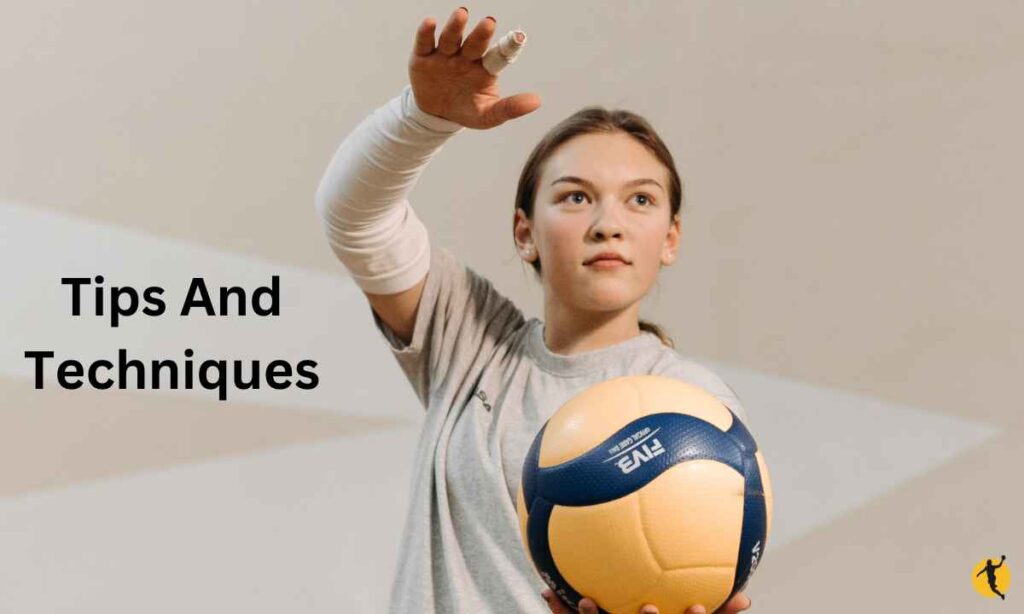
Transitioning from the rules and exceptions to a more practical aspect of the game, let’s delve into the art of properly receiving serves. Serving is a fundamental skill in volleyball, often setting the tone for the rally. As a player with 618 matches, I’ve learned something about receiving serves effectively. Let’s explore these techniques in depth.
Understanding the Server’s Position and Body Language
In my extensive experience on the court, paying close attention to the server’s position and body language can provide valuable clues about the direction and speed of the upcoming serve. Observing the server’s stance, arm swing, and eye focus helps anticipate the ball’s trajectory, allowing you to position yourself effectively for reception.
Proper Stance and Body Alignment
Correct stance and body alignment are pivotal in successfully receiving a serve. The feet should be shoulder-width apart, knees slightly bent, and the body should face the server. This positioning allows for swift and balanced movement, facilitating a more precise response to the serve.
Hand Position and Technique for Various Serves
Different serves demand distinct hand positions and techniques. For instance, receiving a float serve requires keeping hands together and moving them in a circular motion to absorb the ball’s energy. Mastering these techniques ensures you are ready for any type of serve.
Footwork and Movement: Getting to the Ball
Proper footwork and movement are key to getting to the ball. Quick, controlled steps allow you to position yourself optimally for the best possible pass. Agility and anticipation are vital in ensuring you’re at the right place and time.
Mental Focus and Preparation
Receiving a serve requires intense mental focus and preparation. Staying alert and anticipating where the ball might be directed is essential. Concentration and readiness to move to ensure that you’re always one step ahead of the game.
Practice Drills and Exercises to Improve Reception Skills
Regular practice through drills and exercises, such as passing drills, footwork drills, and reaction time exercises, enhances reception skills. Incorporating diverse practice activities helps develop the skills needed to receive service effectively.
Learning from Mistakes: Real Game Scenarios from My 618 Matches
Reflecting on mistakes and learning from real game scenarios has been instrumental in my growth as a player. Analyzing specific situations, recognizing areas for improvement, and working on those particular skills have helped me become more adept at receiving serves. Learning from victories and losses has shaped me into the player I am today.
Conclusion
In the intricate game of volleyball, understanding the rules and techniques is vital. From the strict regulations that prevent blocking a serve to the importance of safety and fair play, the rules serve as a foundational guide for players at all levels. The subtle variations across different leagues and the finesse required in receiving serves reflect the sport’s complexity and depth.
Moreover, the nuances in handling serve, be it through understanding the server’s body language or having the right stance, highlight the multifaceted nature of the game. Learning from mistakes and constant practice has enabled me to grow and excel in my 618 matches.
To conclude, volleyball is a game that demands precision, agility, and strategic thinking. And with serving accounting for about 25% of all points scored in volleyball matches, it’s a skill that can define success or failure on the court. Whether a seasoned professional or a beginner, abiding by the rules and mastering the art of receiving serves can take your game to the next level.
FAQs
Can You Spike a Serve In Volleyball?
Yes, players can spike a serve if they don’t interfere with the opposing team’s ability to play the ball. Spiking a serve can be strategic but must be executed within the rules.
Can You Attack a Serve In Volleyball?
Indeed, attacking a serve is acceptable. Like spiking, players must ensure that their attack doesn’t obstruct the opponent’s ability to play the ball.
Can Any Player Block Or Attack A Serve In Volleyball?
No, only front-row players are allowed to block or attack a serve. It’s a rule that ensures fairness in the game and requires careful positioning by the players.
What Happens if You Touch the Net During a Block or Attack on A Serve?
If a player touches the net during a block or attack, it’s considered a violation. This mistake leads to a point being awarded to the opposing team. It emphasizes the importance of precise control and awareness during play.
